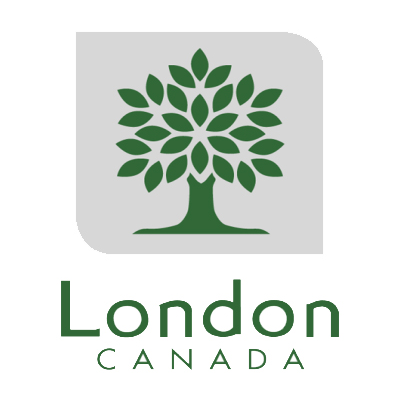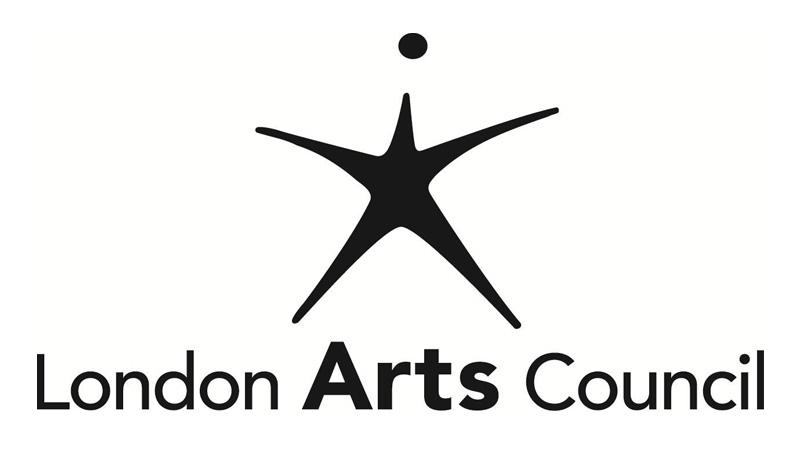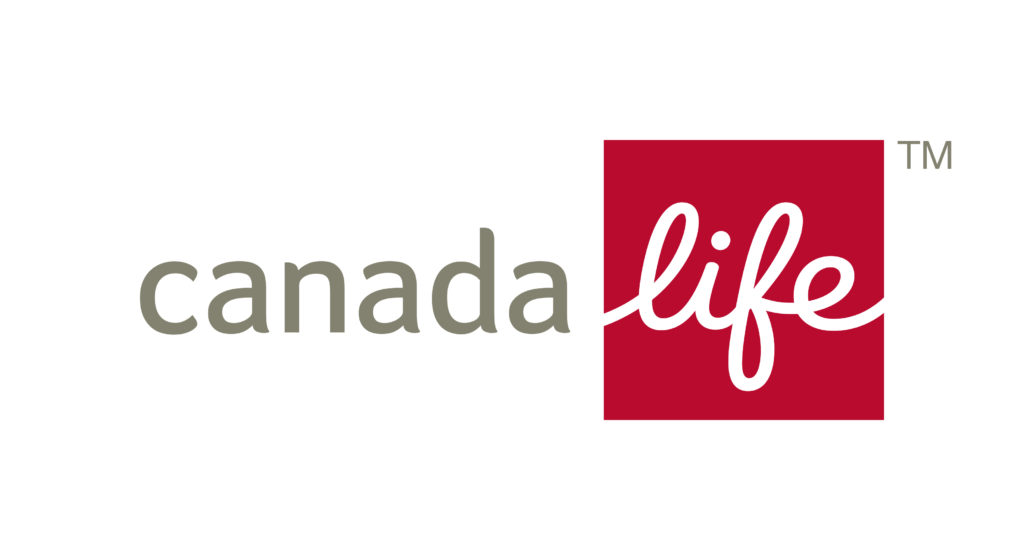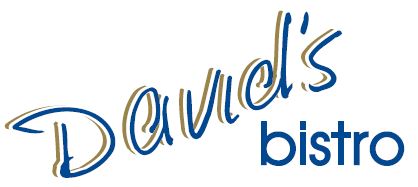Enslavement of Indigenous peoples in Canada
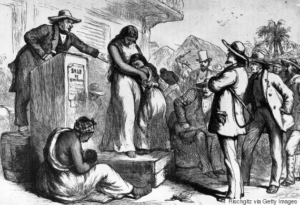
Something that is not often talked about but is an important part of Canada’s history of slavery, is the enslavement of Indigenous peoples. A full two-thirds of the slaves in the Colony of New France were Indigenous. After 1750, the number of enslaved indigenous people brought into French Canada declined and when slavey was finally abolished in 1834, Black slaves far outnumbered Indigenous slaves.
When European explorers started to travel to North America during the 14-1500s, they were known to capture Indigenous peoples that they saw and would take them back to Europe as slaves or as exhibits of the “exotic” peoples of the New World. Many historical figures participated in these acts. Christopher Columbus shipped Indigenous people from the Bahamas to Spain so that he could earn royal support for his expeditions. The explorer Jacques Cartier would abduct Indigenous people and bring them back to France with him. This included Haudenosaunee Chief Donnacona, his sons and seven other Haudenosaunee people in 1536 and they were never brought back to North America.
In Britain’s Southern Colonies, Indigenous enslavement was crucial to the survival of their colonies. They completely relied on Indigenous slaves, using them for personal service and to break land for plantations. Enslaved Indigenous people were exported and traded north to New England and Canada or south to South America in exchange for other Indigenous slaves. It is estimated that 50,00 enslaved indigenous people were traded or captured this way in America for around 45 years. The Indigenous slave trade ended after the Yamasee War of 1715-17. Indigenous Nations went to war against the British southern colonies to stop the slave trade and European expansion into their territories. From then on, the colonies relied on African enslaved people although Indigenous peoples continued to be enslaved until slavery was abolished.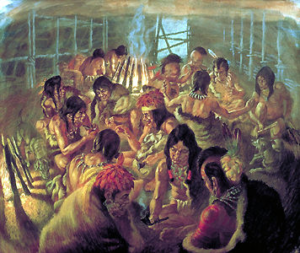
After the Conquest of 1760, the then British North America extended slavery as practiced under the French regime to the British. The Quebec region had 4,185 slaves according to record, 2,683 of which were Indigenous people and 1,443 of which were Black people and 59 were of unknown origin. Those numbers represent an important percentage of the colony’s population. These slaves were owned by both the French and the British at all levels of society (including hospitals and religious institutions). In Upper Canada, both Indigenous and Black People were enslaved but the number of Indigenous slaves began to decline just like everywhere else in the colonies. Upper Canada banned the importation of African slaves in 1793 with the Act to Limit Slavery although enslaved people remained enslaved. However, the children of all slave women would be freed at 25 years of age. Lower Canada never abolished the slave trade but as recognition of slavery reduced and as slaves escaped, their numbers dwindled. By 1821, there was only one slave remaining in Lower Canada. When slavery was abolished in all British colonies in 1834, there were far more Black slaves than Indigenous slaves. The enslavement of Indigenous peoples is part of the legacy of colonization that has had implications on generations of Indigenous peoples in Canada and throughout North America.







